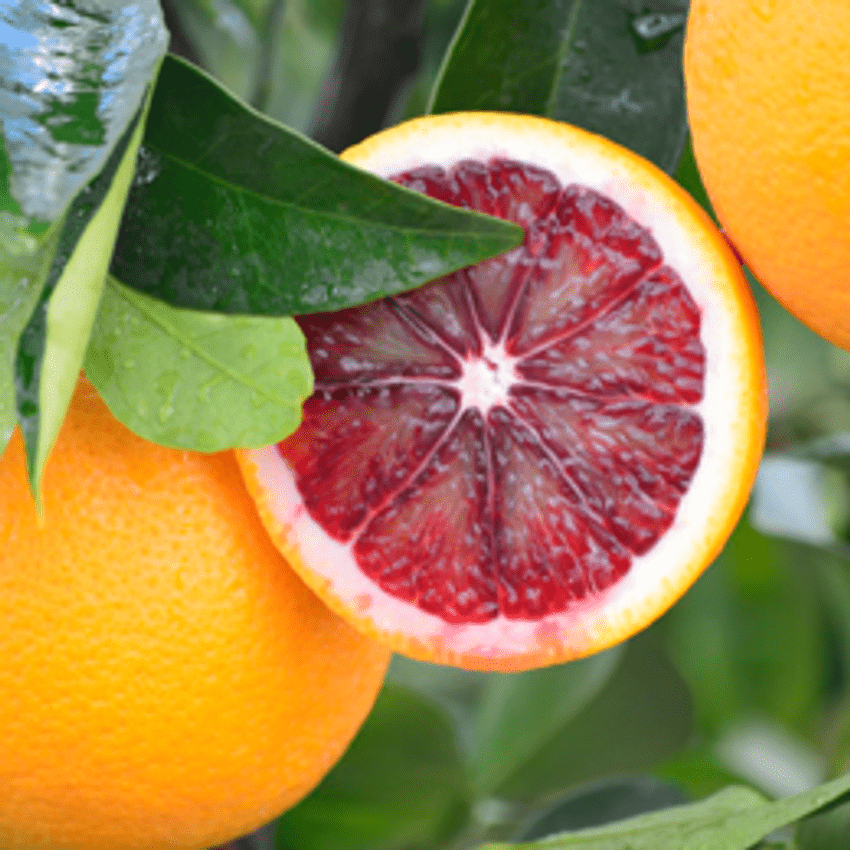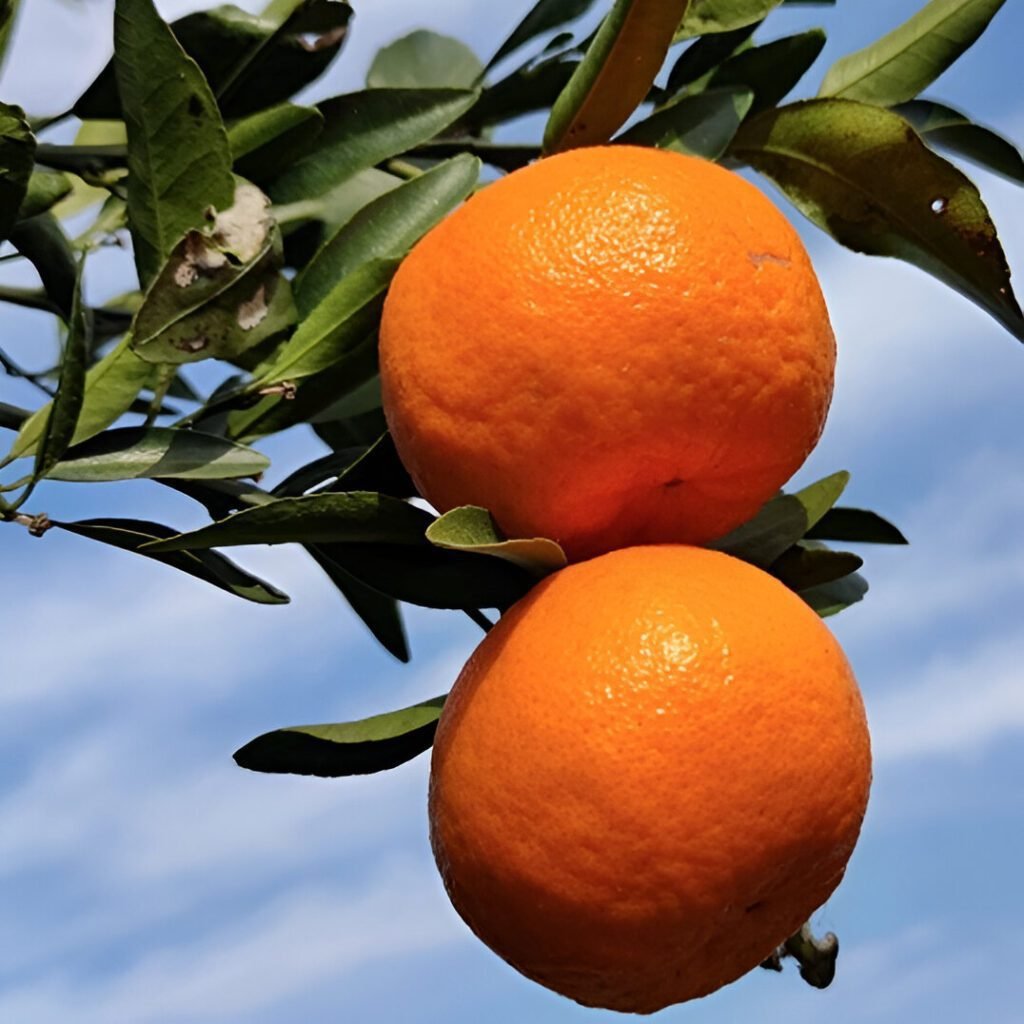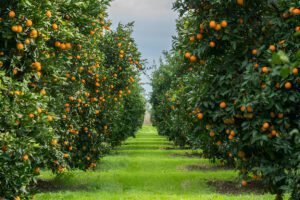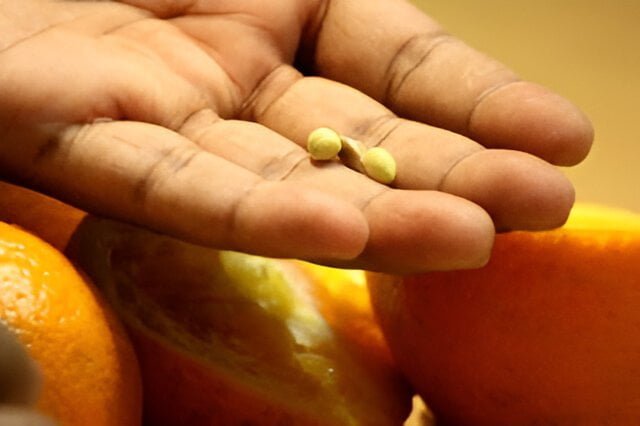Oranges: definition, how to grow them, diseases, and caring for them
Introduction to orange
The orange tree is an ideal tree for the home garden. Evergreen, vigorous..Shiny and aromatic leaves are oval in shape. White, fragrant flowers bloom in early spring. The fruits are round to slightly oval
- Each type of orange contains more than 100% of the recommended daily amount of vitamin C. This is more than any other citrus fruit
- It helps your body produce collagen, a protein that heals wounds
- Anti-inflammatory

Basic care guide
- Navel Oranges: Navel oranges are a popular variety often found in grocery stores. They are easily recognized by their navel-like markings on the bottom of each fruit. This variety is sweet and seedless and is enjoyed as a juicy, light fruit.
- Blood Orange: Known for its unique red color and sweet flavour, this orange is a common ingredient in prepared dishes and good for snacks.
- Valencia Oranges: Another popular variety, Valencia oranges have a high juice content that is ideal for juicing.
- Satsuma Oranges: These sweet, firm little oranges have fruits with a loose, leathery skin, and are known as mandarin oranges. The tree can take up to eight years to bear fruit
- Original home
South China.
- Nickname
The common name orange entered the English language via the Old French word orenge, and is derived from the Arabic name for this plant, naranj.
- Platoon : Attractiveness

The amount of water needed
- There are three basic rules when watering orange trees. The first says that we should water the soil when it is dry, to keep it moist (but not soggy) at all times.
- The second says that young trees need more frequent watering than mature trees.
- According to the third rule, trees in sandy soil may need up to 3 times the amount of water that orange trees need in clay soil.
Suitable living conditions
Orange trees thrive in subtropical regions with warm temperatures and moderate humidity levels
-Vulnerable to wind damage so some protection is needed
Suitable lighting for him:
Choose a location that receives full sun for eight hours daily.
- Orange trees thrive in rich, well-drained loam soil.
- It does not tolerate heavy and wet soil.
- Slightly acidic to neutral soil pH levels are 6.0 to 7.0


Find out what light your plants are actually getting.
Find the best locations for them to improve their health, simply using your phone.
Fertilization care
- Oranges are usually fertilized three times a year - in January/February, in March/April, in May/June..
- Newly planted trees do not need fertilizer for the first year or two.
- Use ammonium sulphate, ammonium phosphate or acidic food fertilizers…. An average-sized mature tree 5-6 years after planting needs 6.2 pounds of ammonium sulfate per year (divided into three applications).
- The amount of fertilizer needed annually depends on the age, size and type of the tree.
How to plant seeds
- Before planting the seeds, soak them in a bowl of water for at least 24 hours. Discard seeds that float (unviable), and plant only those that remain underwater.
- Sow the soaked seeds in rich soil about 1 inch deep.
- Place the pots in a warm area and keep the soil moist. Place the plastic bag over the pot to keep humidity levels up. Allow the bag to breathe daily, and check the soil moisture.
- Once the seeds sprout, remove the bag.
- Place the seedlings in an area that receives bright light.
- When three true leaves appear, put each seedling back in its own pot and keep it in a sunny place.
Pruning
- Young trees receive their first pruning when they are transported from their planting place to being planted in the field. This pruning aims to remove part of the seedling's root system and part of the crown, so as to achieve some balance between the leaves. Pruning
- Trees that suffer from frost damage, high temperatures, or rodents need special pruning and pruning. If the damage is minor and affects only the foliage and young shoots, we do not need pruning. But when severe frosts affect large branches, careful pruning is necessary.
- In general, better results can be achieved if pruning is done in early spring
- Please note that pruning shears must be sterilized using an alcohol solution, as failure to disinfect can transmit many fungal or bacterial diseases to orange trees.
- Citrus scab: Symptoms: Yellow or pink bumps on fruit or leaves, small growths on new shoots, Suggested treatment: Copper.
- Citrus fat spot: Fat spot is a fungus that spreads by wind. Symptoms: yellow leaf spots, brown blisters on leaves. Suggested treatment: copper, foliar micronutrients.
- Citrus anthracnose is a fungal infection that causes round, flat, purple-colored spots. The fungus grows on dead wood in the canopy of a citrus tree. Suggested treatment: Azoxystrobin, zinc sulfate, and copper sulfate.
- Insects that infect the orange tree: whiteflies, aphids, thrips, snails, mites, treated with a suitable insecticide.

Suggested use
- Oranges are widely grown for their fruits and essential oil.
- It can be combined with other fruits in preparing cakes or fruit salads.
- Bitter orange leaves are used for their sedative properties: they relieve spasms in nervous people and help them sleep.
- Also suitable as a small ornamental tree in home landscapes.
Suitable planting time
These trees can be planted at any time of the year in warm climates, but for cooler climates with large seasonal variations, they grow best when planted in the spring or summer, allowing them to acclimate before the cold weather arrives.
additional information
- Plant age
The average lifespan of an orange tree is between 50 to 60 years
- Plant height
The full-sized tree can grow to a height of 32 feet, and dwarf varieties reach about 12 feet in height.
- Flowering stage
Orange trees bloom once a year in the spring



